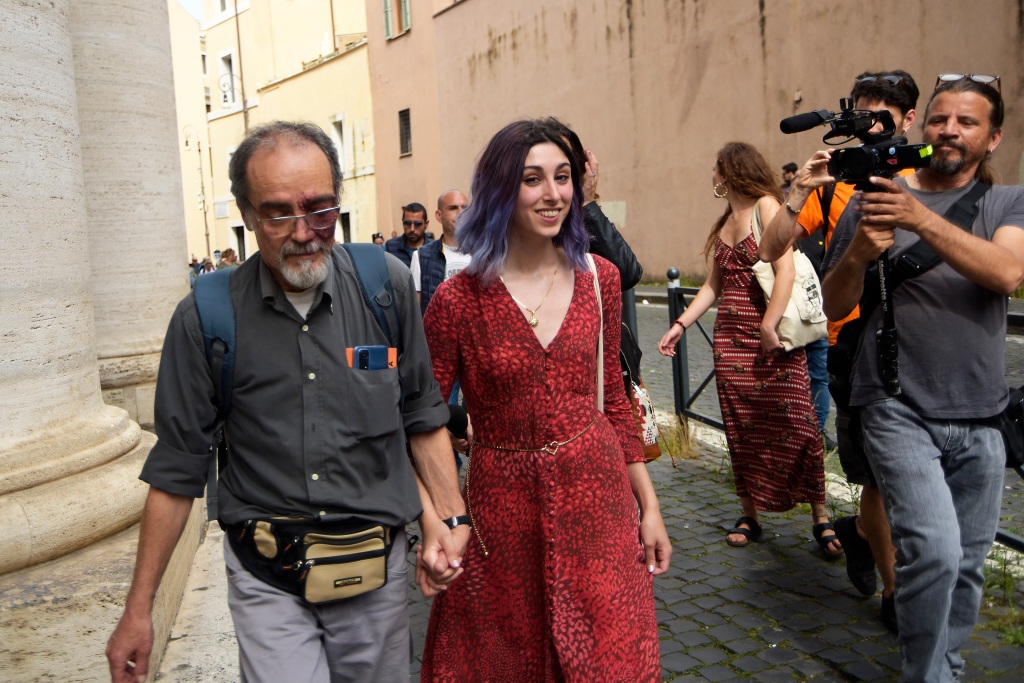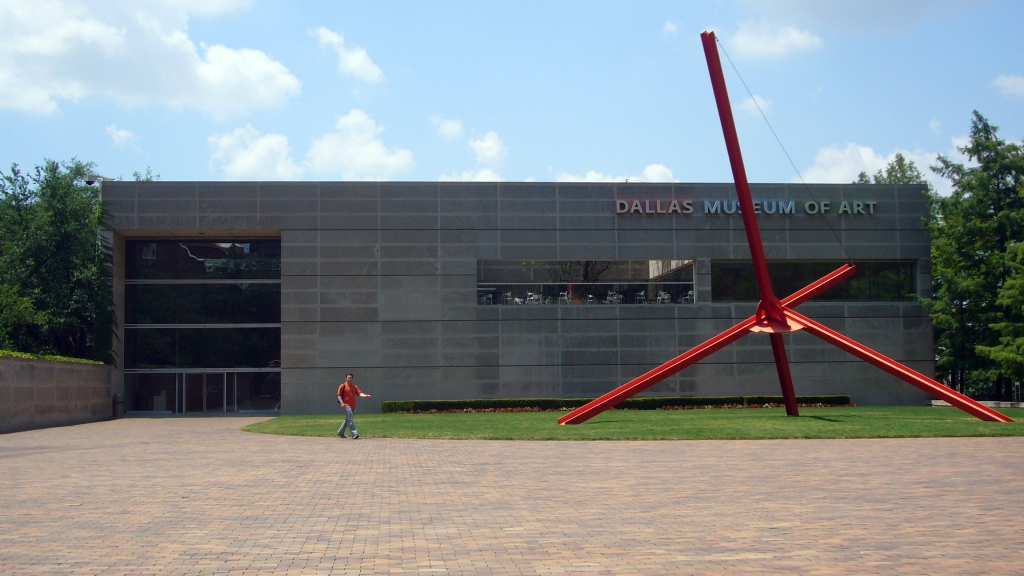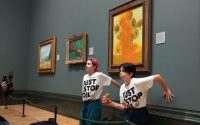Scammers Target Van Gogh Museum, Artifacts Stolen from UK Museum, AI Identifies Fake Art Online, and More: Morning Links for May 8, 2024
To receive Morning Links in your inbox every weekday, sign up for our Breakfast with ARTnews newsletter.
THE HEADLINES
SNATCHED. Bronze Age gold artifacts were stolen from the UK’s Ely Museum on Tuesday. They include the museum’s most prized holding, a gold torc valued at about $275,000, acquired in 2017 thanks to grants and public donations, as well as a gold bracelet. Both ancient objects were found in East Cambridgeshire by metal detectorists, while the 3,000-year-old torc found in a field, is one of the largest of its kind ever discovered in Britain, weighing 730 grams of almost pure gold. Cambridgeshire police are reportedly looking for two suspects on e-scooters. “It is a huge blow after the incredible support from the community in acquiring the torc … As a culturally significant object, it cannot be replaced,” said museum curator Elie Hughes, speaking to reporters.
RISING TEMPERATURES. Walking into Los Angeles museums is going to start feeling a little different – slightly warmer, in fact. Several museums in the city are breaking from the standard, narrow ranges of temperatures allowed in galleries and are planning to allow for a wider range of indoor climates. The initiative is part of the Climate Impact Program led by LHL Consulting and launched through PST Art (formerly Pacific Standard Time), to encourage art institutions to lower their carbon footprint and preserve energy. Keeping museums cool for the sake of protecting artwork is a major energy guzzler, but slightly warmer temperatures are not harmful in many cases, particularly concerning less fragile forms of contemporary art, reports The Los Angeles Times. The Hammer Museum will pilot the project with their PST Art exhibition titled, “Breath(e): Toward Climate and Social Justice,” opening later this summer, and will be joined by the Museum of Contemporary Art in Los Angeles (MOCA), the Skirball Cultural Center, the Broad, the California African American Museum, and La Brea Tar Pits.
THE DIGEST
A stolen book about from 1823 about Brazilian animals was recovered in London. Simiarum et vespertilionum brasiliensium species novae [New Species of Brazilian Monkeys and Bats] by German zoologist Johann Baptist von Spix, was taken from the Emílio Goeldi Museum in 2008, while other stolen items from the museum have also been recovered in recent months, as part of an ongoing investigation involving charged former museum employees. [The Art Newspaper]
The Swiss company Art Recognition, headed by Dr Carina Popovici, has used their AI technology to identify up to 40 counterfeit paintings sold on eBay, including a fake Monet and Renoir. Yet the listing for the supposed Monet painting, Forest With a Stream, priced at $599,000, needs no fancy tech to suggest it is likely a fraud. [The Guardian]
TeamLab, the immersive, audio-visual Japanese art collective, is heading to Jeddah in Saudi Arabia, where it will permanently install its Borderless Museum, produced in collaboration with the Saudi culture ministry. The 10,000-square-foot museum will be located in the Al-Arbaeen Lagoon and include over 80 installations. [Hypebeast]
Websites posing as the Van Gogh Museum in Amsterdam have scammed users into providing their banking and credit card details to purchase fake tickets. The museum has warned the public to only book through its website. [The Art Newspaper]
An abandoned Spreepark amusement park in Berlin, often compared to a lesser, free version of Paris’ Euro Disney, will be redeveloped into a sustainable art space. Artists such as Sol Calero, a participant in this year’s Venice Biennale, will turn one of the former rides known as Swan Waterway, into “The Algae House,” while Swiss artist Claudia Comte will create a piece activated by movement, and seen from the Ferris wheel. [The Berliner]
Joe Bradley talks about his debut show now on view with David Zwirner gallery in New York, titled “Vom Abend,” a term he found in a German children’s book his wife collected, translated as “from the evening.” Cultured Mag’s Jayne O’Dwyer says the new work “presents a more subdued Bradley.” [Cultured Magazine]
THE KICKER
SCENT OF A WOMAN. Visitors to the Met’s new exhibition Sleeping Beauties: Reawakening Fashion, will not only get to admire historic haute couture gowns, they’ll also get to smell them— body sweat and all. The smell artist and scientist Sissel Tolaas created fragrances for the exhibit, in one case by collecting “smell molecules from the armpits and waists of a decaying rose-embroidered silk tulle 1923 Lanvien dress, and from a 1958 crimson Dior dress.” She then replicated those molecules for a room with a rose theme. “It would be easy to, ‘Ah! Here we’ll make the smell of a rose,’ But I’m not interested in that,” she told the Financial Times’ Hannah Marriott. Rather, the musky smells of a Paul Poiret gown applied to the walls of another room using nanotechnology, aim to “activate” and tell the stories of the dress wearers, making the pieces “less abstract,” according to Tolaas. Other senses besides the visual, are also put into special focus. Visitors can touch embroidery-embossed walls, and listen to rustling gowns from the 18th century, known as “scroop.”



